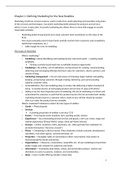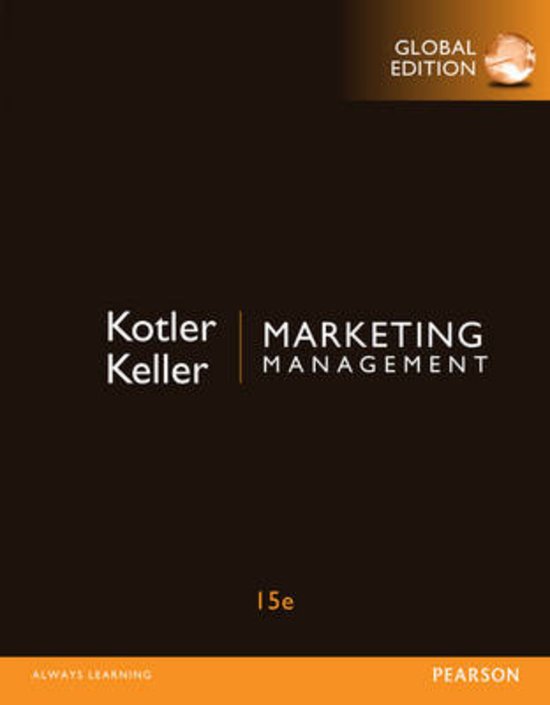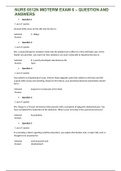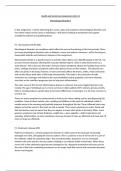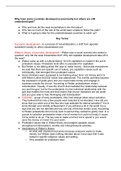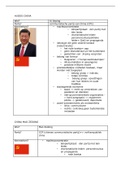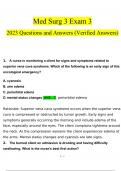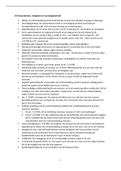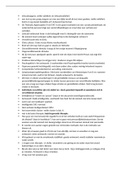Samenvatting
Summary Marketing Management ISBN: 9781292092621, Marketing (incl. all additional summaries for course)
Includes the summary of the Marketing Management book and other course material. This is all relevant theory for this course. The summary is elaborate and can therefore be used as a substitute for reading the book. Main book: Marketing Management. Chapter 1-6, 9-11, 16, 19-22
[Meer zien]
